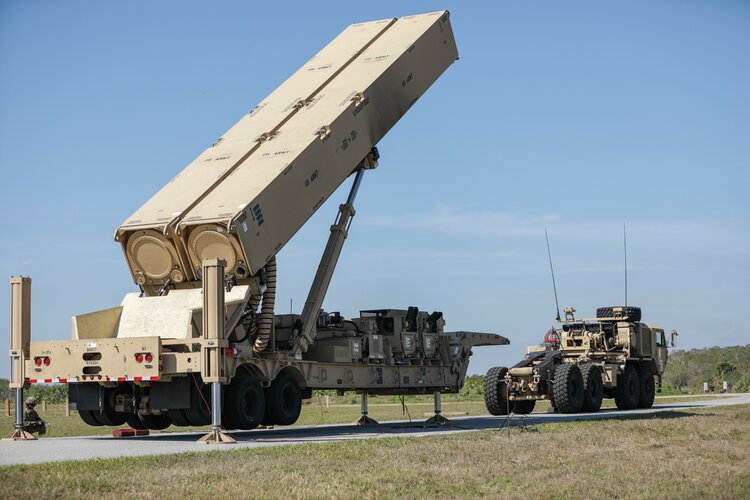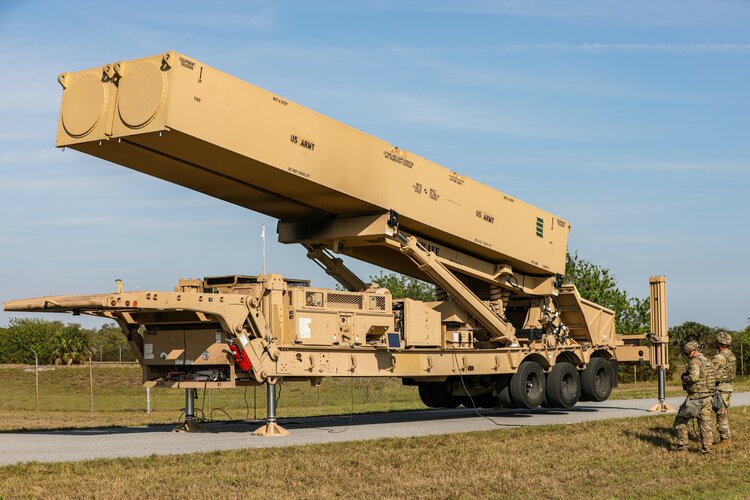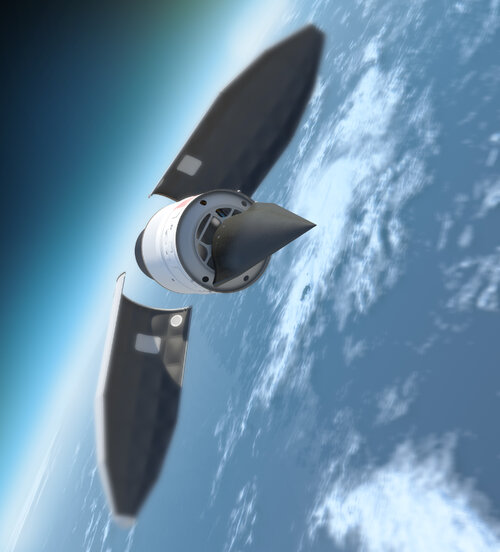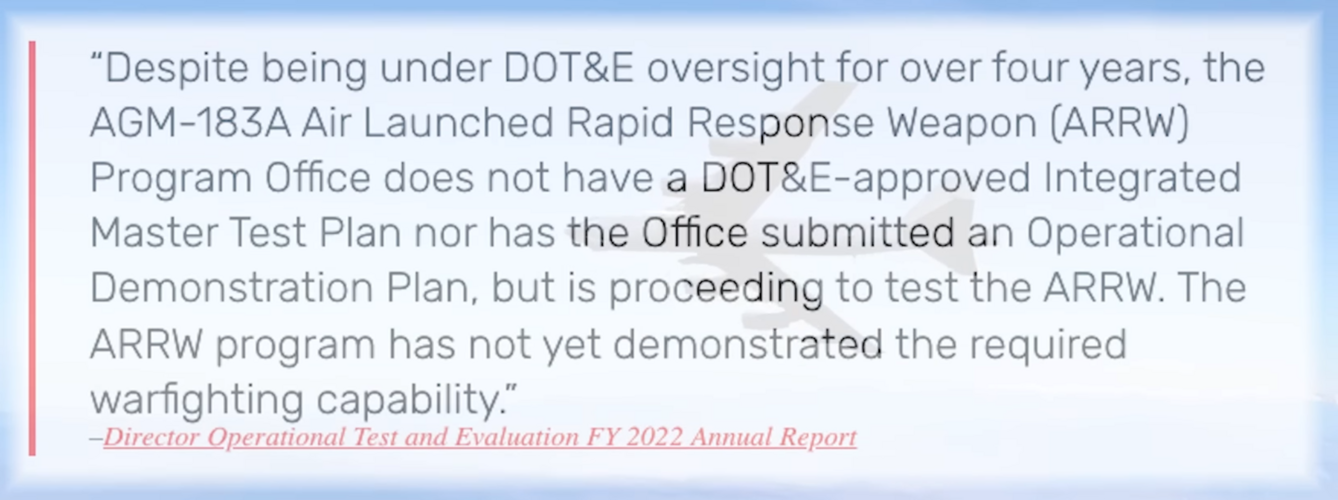Why is common hypersonic glide body warhead using a double conical design with 4 large fins, which is a symmetrical design.
And the agm183 arrw warhead uses a flat body assymetrical design with two wingtips and no fins?
What are the advatanges and disadvantages of each design?
The biconical glide body is less efficient (more drag) because it has to maintain a higher angle of attack to generate lift. It is apparently easier to construct (or possibly model) and was designed in 80’s as part of the DARPA SWERVE project. It was a lower risk glider that could be rushed into service. The USAF equivalent was to be HCSW. The other glider was from the much more recent DARPA Tactical Boost Glide program and has superior performance, but was less mature technically. Congress forced the USAF to consolidate to a single hypersonic glider weapon program and they went for the higher risk TBG based system which was apparently smaller and lighter weight, allowing more to carried (presumably HCSW was large enough only one could be carried per B52 HSAB). The USAF also has the HACM program long term, and it seems that the much lower weight/cost of scramjets is where USAF would rather be - enthusiam for AGM-183 seems lukewarm. The US Army and USN stuck with the biconic glider to reduce risk.




















